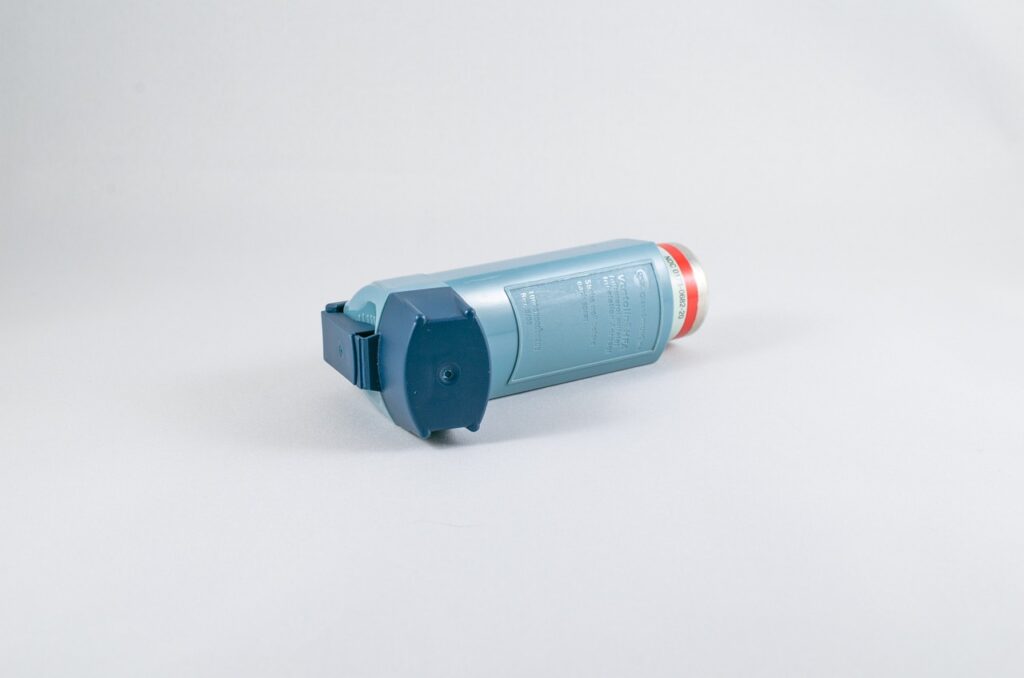Featured Buzz
By Debbie Bunch
May 20, 2024

If the First Stop Smoking Prescription Doesn’t Work, Try a New One
Despite decades of research showing the harms that occur from smoking, getting people to kick the habit remains a challenge.
New research out of MD Anderson Cancer Center suggests either upping the dose of varenicline or combined nicotine replacement therapy (CNRT), or switching people currently on CNRT to varenicline, can make a big difference.
Investigators enrolled 490 smokers in a double-blind, placebo-controlled trial. In the first phase of the study, the participants were randomized to either six weeks of varenicline at a dose of 2 mg or CNRT with a 21 mg patch plus a 2 mg lozenge.
Following the first phase, participants who had been unable to quit smoking were then re-randomized to either continue with their current therapy, switch therapies, or increase their varenicline dose to 3 mg or their CNRT to a 42 mg patch plus a 2 mg lozenge for another six weeks.
Results showed —
- 20% of the patients who received varenicline and had their doses increased were still abstaining six weeks later.
- The abstinence rate was 14% among patients who switched from CNRT to varenicline or who had their CNRT doses increased.
- The quit rate was 0% among varenicline patients who switched to CNRT.
- After six months, only those who had their doses increased remained continuously abstinent.
“These data indicate that sticking to the same medication isn’t effective for smokers who are unable to quit in the first six weeks of treatment,” said lead researcher Paul Cinciripini, PhD. “Our study should encourage doctors to check in on patients early in their cessation journey and, if patients are struggling, to try a new approach, such as increasing medication dosage.”
The study was published by JAMA. Read More

How Iron May be Impacting Asthma Severity
Could iron be playing a bigger role in asthma control than previously thought? Investigators from the University of Southern California believe the answer may be yes.
Their research was spurred by the knowledge that immune cells known as group 2 innate lymphoid cells (ILC2s) use iron to fuel a range of cellular processes, making it instrumental in activating the immune cells. In a study involving experiments in both human cells and mouse models, they found ILC2s can become overactive during an asthma attack, causing excessive inflammation and a tightening of the airways that makes it harder to breathe.
In the experiments involving mice, preventing iron uptake in ILC2s reduced the severity of asthma symptoms. In the experiments involving human cells, increased ILC2 activity and iron uptake were correlated with asthma severity.
The authors believe this suggests that ILC2s and iron play a significant role in more severe forms of the condition.
“This is the first time it’s been shown that iron is an important metabolic regulator of pulmonary immune cells such as ILC2s, allowing them to generate energy,” said lead author Benjamin Hurrell, PhD. “That’s helpful for treating disease, because targeting a cell’s energy can allow us to selectively increase or decrease its function.”
The study was supported by a grant from the NIH and published in Science Translational Medicine. Read it Here

Newer Diabetes Meds May Increase the Risk of Asthma Exacerbations
Newer drugs used to treat type 2 diabetes may be putting people who have concurrent asthma at risk for more asthma exacerbations, report researchers from the University of Tokyo publishing in the Journal of Allergy and Clinical Immunology: In Practice.
The observational study, which involved data from the National Database of Health Insurance Claims and Specific Health Checkups in Japan, found a higher incidence of exacerbations requiring treatment with systemic corticosteroids for people taking DPP-4 inhibitors and GLP-1 receptor agonists than for people taking the standard diabetes drug metformin, 18.2 vs. 17.4 per 100 person-years and 24.9 vs. 19.0 per 100 person-years, respectively.
DPP-4 inhibitors were also significantly associated with an increased rate of hospitalization when compared to metformin, 0.52 vs. 0.38 per 100 person-years.
Exacerbation rates for people on SGLT2 inhibitors were similar to those for people on metformin, 17.3 vs. 18.1 per 100 person-years, respectively.
The authors note a previous study showed people with type 2 diabetes who took GLP-1 agonists actually had fewer asthma exacerbations than those on SGLT2 inhibitors or DPP-4 inhibitors, but they emphasize the number of people on the newer medications was small and metformin was not used as a comparator.
According to the paper, guidelines from the American Diabetes Association now recommend GLP-1 agonists or SGLT2 inhibitors as first line drugs for diabetic patients with complications like atherosclerotic cardiovascular disease, heart failure, and chronic kidney disease. Read More






